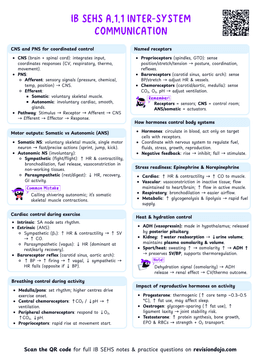Issues with Intrinsic and Extrinsic Motivators in Sports and Exercise
Understanding the Motivational Types
Intrinsic Motivation
- Driven by internal rewards
- Participating in sport/exercise for personal enjoyment
- Sense of accomplishment and self-improvement
- Natural desire to learn and master skills
Extrinsic Motivation
- Driven by external rewards
- Trophies, medals, prize money
- Recognition, fame, social status
- Grades or fitness targets
Both types of motivation can be effective, but they come with distinct advantages and challenges that coaches and athletes need to understand.
Key Issues with Intrinsic Motivators
Advantages
- Long-lasting and sustainable
- Creates deeper engagement with the activity
- Promotes autonomy and self-directed learning
- Better psychological well-being
Challenges
- Harder to measure and track progress
- May be insufficient for high-performance environments
- Can be affected by external pressures
- Difficult to maintain during challenging periods
Coaches can support intrinsic motivation by creating environments that promote autonomy, competence, and relatedness.
Key Issues with Extrinsic Motivators
Advantages
- Clear and measurable goals
- Immediate feedback and rewards
- Effective for short-term behavior change
- Useful for initial engagement


